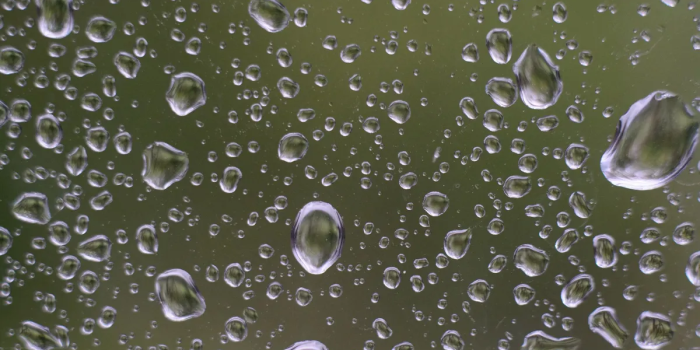Access to drinkable fresh water remains a global challenge, especially in regions grappling with water scarcity. In a groundbreaking development, researchers from Shanghai Jiao Tong University introduce a solar-powered atmospheric water harvesting technology, leveraging the abundant sunlight in arid desert areas to extract clean water.
Published in Applied Physics Reviews, the innovative approach addresses limitations in previous hydrogel-based technologies, providing a promising solution for those facing difficulties in dryland areas.
Over 733 million people reside in countries experiencing high water stress, particularly in Northern Africa and Western Asia, so sustainable water solutions are urgently needed. The Shanghai Jiao Tong University team focuses on enhancing hydrogel technology, a material known for absorbing large volumes of water. Traditional hydrogels, such as polyacrylamide and poly(N-isopropylacrylamide), face challenges in low-humidity environments common in water-scarce regions.

First author Chengjie Xiang explains the limitations: “Regions with water scarcity usually have low relative humidity, so adding hygroscopic salts [to the hydrogel] is a common practice.” However, this often leads to a salting-out effect, hindering the hydrogel’s water transfer and storage capacities.
The research team introduced a super hygroscopic gel incorporating plant derivatives, lithium chloride, and titanium nitride. This new hydrogel overcomes the salting-out effect and demonstrates impressive water absorption capabilities. One kilogram of dry gel can absorb 6.4 kg and 1.18 kg of water in humid and arid environments, respectively.
The hydrogel is integrated into a proof-of-concept prototype device featuring parallel desorption and condensation chambers. During outdoor demonstrations, the prototype effectively collects and releases water, even during low sunlight periods. The inclusion of a turbofan in the condensation chamber enhances water recovery to over 90%.

Beyond addressing drinking water challenges, Xiang emphasizes the broader applications of this hydrogel technology. The fast kinetics and cost-effective synthesis from natural plant derivatives make it versatile for various sectors, including agriculture in desert and sea farmlands. Furthermore, the technology holds potential in traditional fields such as adsorption heat storage and refrigeration. In the energy sector, simultaneous water and carbon dioxide capture could pave the way for innovative uses, such as converting solar energy into methanol.
In essence, the solar-powered hydrogel technology showcases a multifaceted solution to water scarcity, offering hope for sustainable water harvesting in challenging environments and broader applications across different industries.


